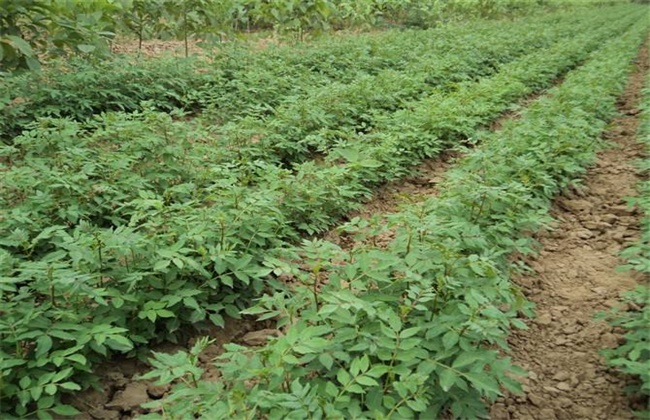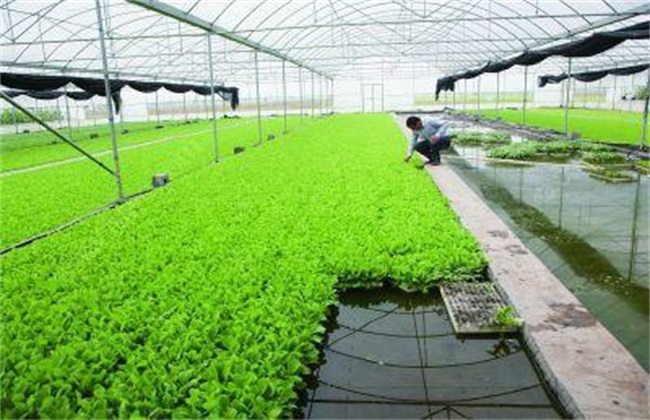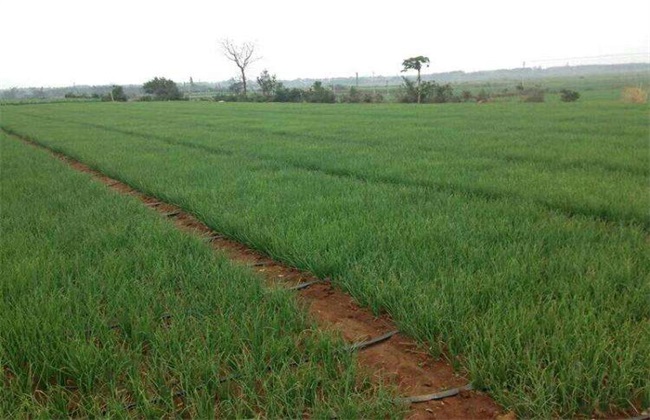Management techniques of Zanthoxylum bungeanum at Seedling stage
Zanthoxylum bungeanum is one of the common seasonings in our life, which has high economic value and edible value. Its seed shell is hard, it has thick grease wax, it is not easy to absorb water and germinate, and it often causes uneven or non-emergence of seedlings. It is difficult to raise seedlings. So how to manage prickly ash at seedling stage? Let's get to know it.

1. Transplanting seedlings
When the seedlings grow to 5-10 cm, it is necessary to fix the seedlings in time. In order to cultivate strong seedlings, it is necessary to keep the distance between plants about 5 cm, and generally plant 20-30,000 plants per mu. After interseedling, the seedlings can be transplanted to places lacking seedlings with soil, or to other seedling beds for cultivation. The suitable transplanting time is when seedlings have 3-5 true leaves. Irrigation was carried out 2-3 days before transplanting in order to dig seedlings and protect roots. Transplanting in cloudy days or in the evening can improve the survival rate.
2. Ploughing and weeding
Mid-tillage can loosen the soil, reduce water evaporation and remove weeds, so as to avoid soil consolidation, which is beneficial to the growth of seedlings. 3-4 times should be ploughed during the seedling growth period, and there should be no weeds in the nursery.
3. Fertilization and irrigation
After the seedlings were unearthed, they began to grow rapidly in mid-May, and entered the peak growth period in mid-late June, when the amount of fertilizer and water was the most. It was necessary to combine irrigation and topdressing 1-2 times, mainly to apply available nitrogen fertilizer to promote the growth of seedlings. Generally per mu of topdressing ammonium sulfate, urea, compound fertilizer 20-25 kg, topdressing nitrogen fertilizer is not too prosperous, so as not to cause seedlings to survive the winter. Seedlings should not be flooded before they are unearthed, it is very easy to cause soil consolidation, it is difficult for seedlings to be unearthed, and the excavation rate is low. If the soil is too dry, you can spray water properly, and pay attention to drainage and waterlogging in the rainy season to avoid stagnant water retting roots.
4. Pest control
The aboveground diseases of Zanthoxylum bungeanum are mainly leaf rust, and the pests are mainly aphids and prickly ash butterflies. Leaf rust can be controlled by spraying carbendazim, and pests can be sprayed with omethoate. Underground pests can open 3-5 cm trenches between rows and sprinkle omethoate solution.
The above is the introduction of pepper seedling management technology, hope to help you, want to know more related knowledge, please pay attention to us.
Related
- Where is it suitable to grow horseradish in China? it is expected to see the middle altitude horseradish in Alishan.
- How to prevent tomato virus disease reasonably? (Control methods included)
- Many people like to plant towel gourd on the balcony. What are the main points of this method and management?
- What crops can chili peppers be mixed with?
- Fertilization techniques and matters needing attention in Tomato
- What are the grafting techniques for peach seedlings in spring?
- Harm and control methods of root swelling disease of Chinese cabbage
- What are the pests of sweet potatoes? How to prevent and cure it?
- Symptoms, causes and Control methods of navel Rot in Tomato
- The cause of "Cucumber rotten bibcock" in Farmers' planting Cucumber and its Control Plan



